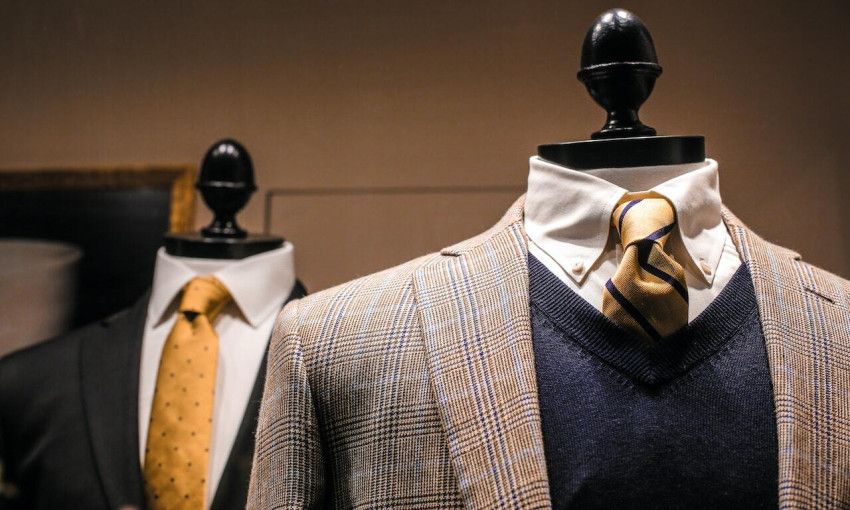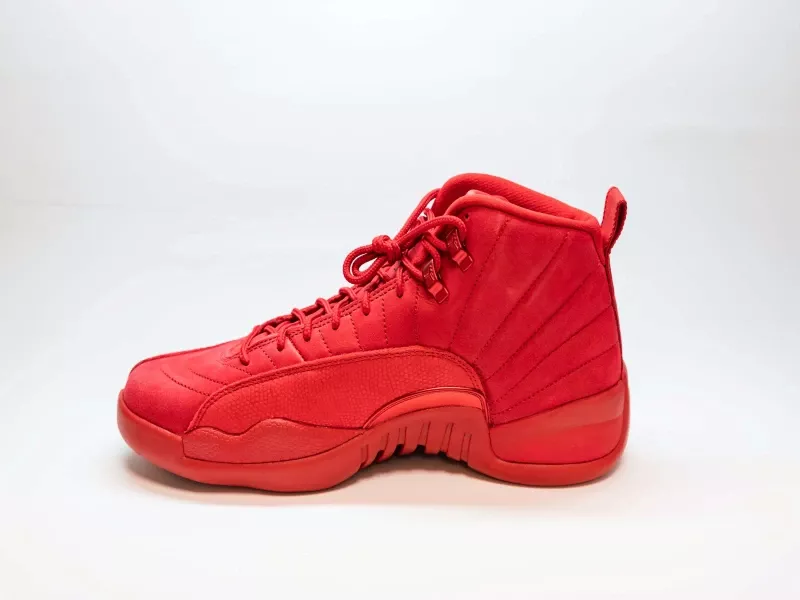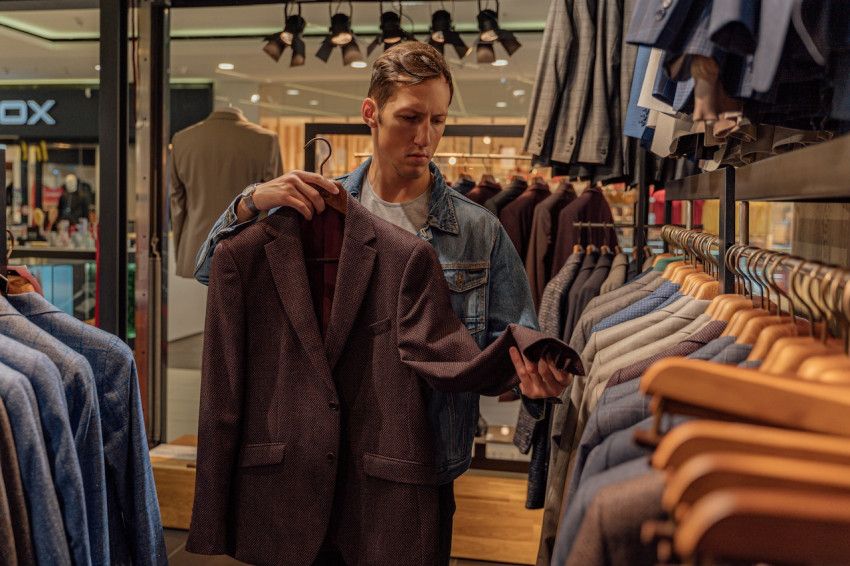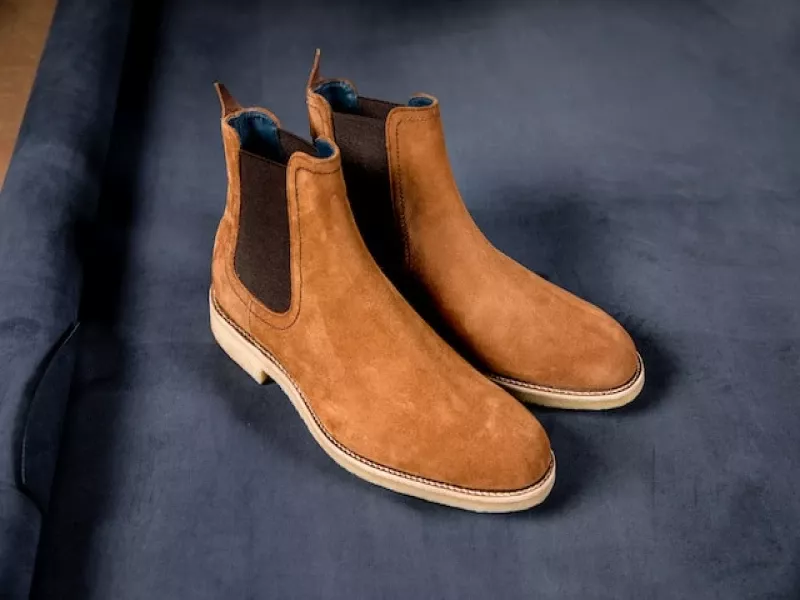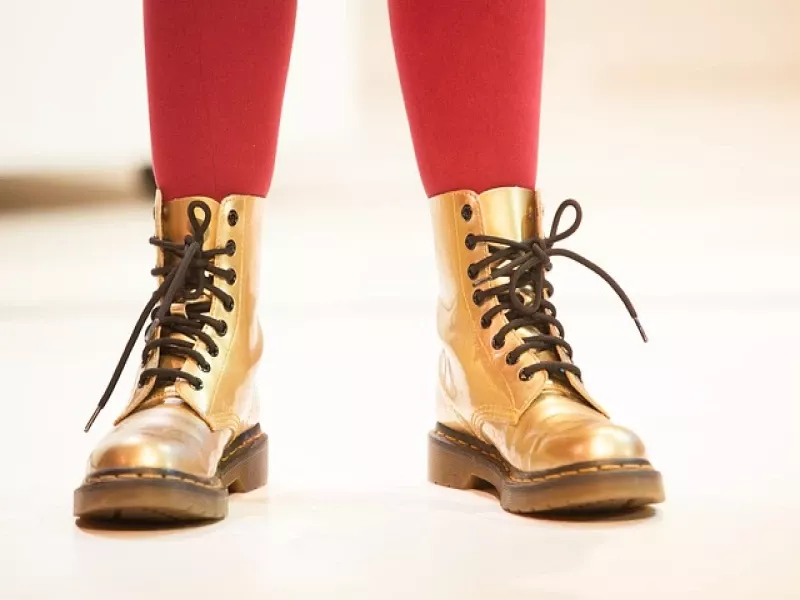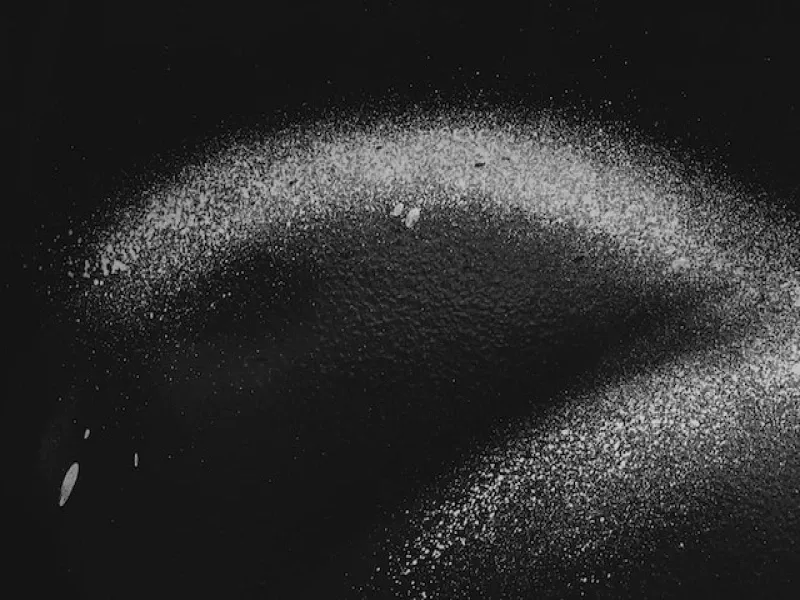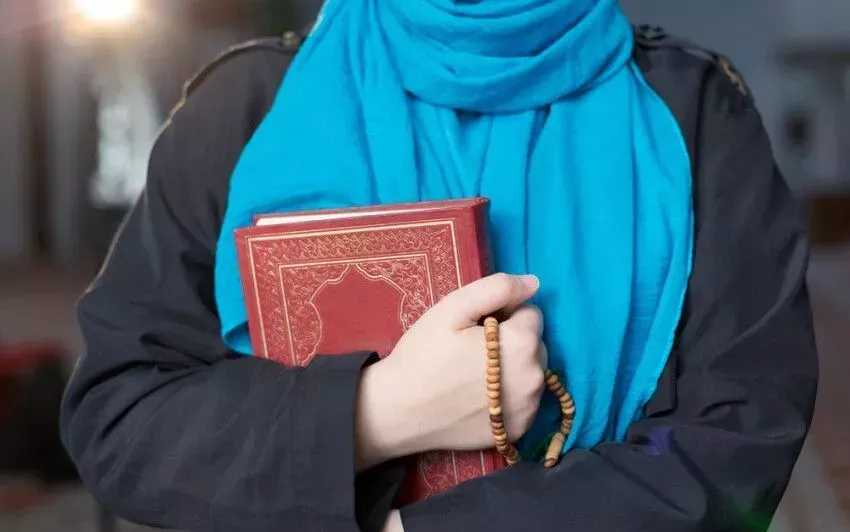
What is the dress code for Muslim women?
In many religions, people show which religion they follow by their clothing. Buddhist monks can be recognized by their robes, Jewish men by their yarmulkes, and reformed women by their long skirts and dresses. When we think of Muslim women we immediately think of a headscarf, hijab or djellaba. But which dress code really applies to Muslim women?
Dress codes are a controversial subject in any religion. Many young people apply the regulations in a different way than older people. The rules are also interpreted differently in different countries. In addition, the texts, on which the regulations are based, are not always applicable to modern society anymore.
Are Muslim women allowed to wear high heels?
The opinions on this are divided. According to the Koran, you must avoid danger. This rule is therefore often used as a reason to prohibit high heels as its easier to trip or fall wearing high heels. Also, high heels often make a ticking sound while walking. Thus, you can interpret it as a body decoration that attracts too much attention. Because of this, many Muslim women say that heels are not allowed. When we look at influential Muslim women, we do see high heels. Jordan's Queen Rania, for example, always wears heels. In the special Ramadan collection of Donna Karan New York we see high heels everywhere under the long dresses. Dolce & Gabanna also puts its models in sky-high heels under the hijab collection. As early as 1800 Muslim women wore "qabqabs": shoes with high heels. That was the fashion, regardless of dress code. And when you consider that sneakers and ballerinas also make noise on a slippery floor, it makes sense that opinions differ about wearing high heels.
Is a Muslim woman required to cover her head?
Again, the regulations can be interpreted in different ways. The Qur'an says that a hijab must cover the body except for the face and hands. A Muslim woman is supposed to dress modestly. Nothing is mentioned about covering the hair. It is not the intention to show your beauty to everyone. But does hairstyle fall under beauty? In the five pillars of the faith there is no mention of the obligatory wearing of a veil.
Cigdem Yuksel researched images of Muslim women in the ANP image bank. In the 4280 photos, it turned out that almost all of the pictured Muslim women were wearing a headscarf. The various media channels thus contribute considerably to the stereotyping of Muslim women. This makes us think that every Muslim woman wears a hijab. While many women choose not to cover their hair at all. Look at top models such as Bella Hadid and Iman Abdulmajid or the Iranian lawyer Shirin Ebadi; a Nobel Peace Prize winner who does not wear a headscarf either. So, as with heels, the choice is up to the woman.
Read more
Curious about more fashion tips? Check out our other blogs!
- The history of sneakers
- How to care for your jeans
- Ankle boots for women for every day
- How to polish your shoes the right way
- How to combine flat shoes with a dress of skirt
- How to pair boots with a dress
- 10 helpful tips against sweating
Get inspired, compare and purchase clothes and shoes safely and easily online at Dressed.com.
How to wash All Stars
Stretching shoes with ice

